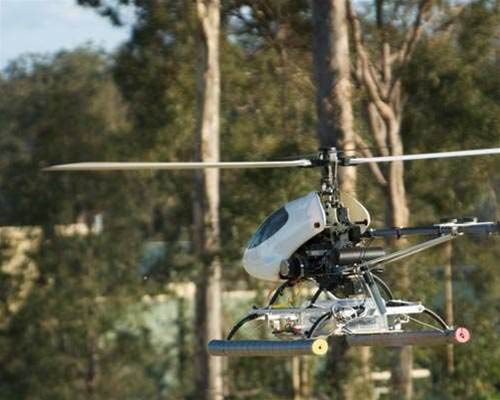CSIRO and Queensland University of Technology researchers have successfully tested the ability to command and control an unmanned aircraft using a secure commercial mobile network.

The avionics research team from QUT's Australian research centre for aerospace automation (ARCAA) said it had used Telsta's NextG network to control the pilotless plane.
The 3G network has previously been used to send collision avoidance commands to a Cessna plane and an unmanned helicopter flying in Kingaroy in regional Queensland, researchers said.
All the research is being undertaken as part of Smart Skies, a collaboration between QUT, the CSIRO ICT centre and Boeing Research and Technology.
QUT researcher Dr Luis Meijas said using commercial mobile data networks could be a solution to challenges associated with mass rollout of remote-controlled, machine to machine technologies.
"Currently there is a limited communications spectrum available for unmanned aircraft system applications," Meijas said.
"Public mobile networks, like NextG, could be used to augment existing technology and improve the coverage over which command and control links can be used."
Mobile networks could also extend the flying range of unmanned aircraft and allow them to carry higher resolution camera equipment than those currently in use, according to Meijas.
"These are limited [currently] by line-of-sight communications systems," Meijas said.



_(20).jpg&h=140&w=231&c=1&s=0)
.png&h=140&w=231&c=1&s=0)
_(22).jpg&h=140&w=231&c=1&s=0)



_(26).jpg&w=100&c=1&s=0)

 iTnews Executive Retreat - Security Leaders Edition
iTnews Executive Retreat - Security Leaders Edition












_(1).jpg&h=140&w=231&c=1&s=0)



